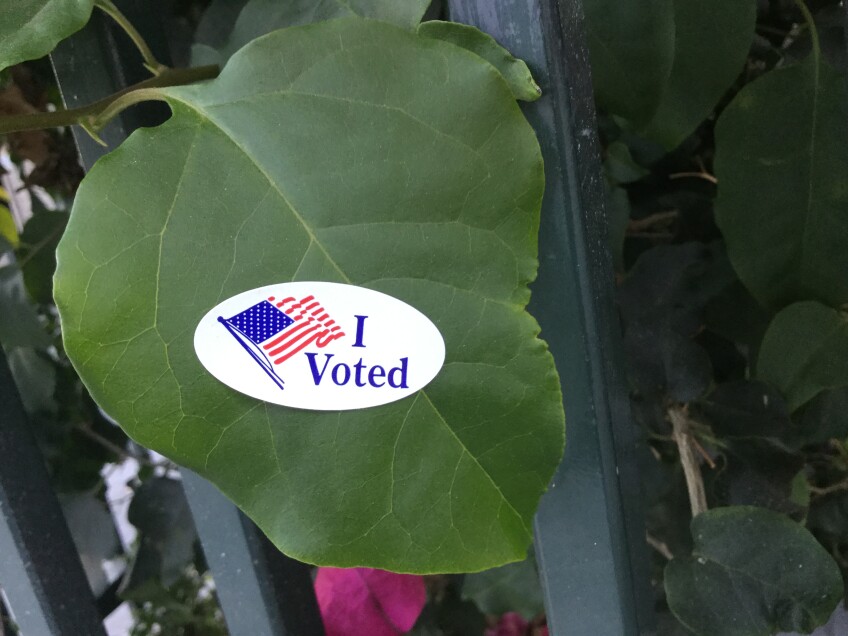A New Ecology for Democracy: How To Enfranchise Non-Human Species, And Why We Should

This article is part of a series, in collaboration with the Civic Paths working group at the University of Southern California.
Humans rule the world today, but we're not very capable stewards, especially when it comes to deciding environmental policies that impact the whole planet. Adding insult to injury, we're but a small minority of the global population — and we’re far less than 1% of the planetary biomass.
In comparison, plants are ubiquitous, making up more than 80% of the biomass, according to recent estimates.
 You will find more infographics at Statista
You will find more infographics at StatistaCollectively, they're better positioned to observe planetary conditions since they live in all biomes — including many places we can scarcely access — and evolution has provided them with diverse ways in which to sense the subtlest of changes in their environment.
In other words, they're deeply informed, and have much to tell us. Yet plants are completely disenfranchised, having no political clout.
We could alter the global power dynamic by giving plants the right to vote.
Balloting can be undertaken by scientifically measuring stress as expressed by production of hormones such as ethylene. Indicating dissatisfaction with the status quo, a rising stress level would count as a vote against incumbents and the policies they represent.
It’s the botanical equivalent of the familiar question faced by humans in each presidential election: Are you better off now than you were four years ago?
Are you better off now than you were four years ago?
Since legal enfranchisement will require nothing less than a constitutional amendment, we can begin by providing means for plants to influence human voters and legislators — by polling designated plant populations and making their perspectives a matter of public record. This can be achieved by surveying phenological markers of stress, such as patterns of tree flowering.
Much as toxin-sensitive "indicator species" are already enlisted to study pollution — a modern version of the canary in the coal mine — political indicator species can help to guide policymaking, especially regarding policies with direct bearing on our shared environment.

However, even as we develop ways in which to involve non-humans in democratic decision-making today by influencing human voters through phenological polling, preparing the way for legal enfranchisement, we should also take care not to impose anthropocentric politics on multi-species societies in the future. Unlike the United States Congress, forests and grasslands do not succumb to partisan gridlock. Decisions are made, and consensus is reached. The biome changes dynamically in response to changing conditions. Consensus manifests in homeostasis, which is achieved by constant negotiation between organisms in symbiosis.
Representative democracy is the best system we currently have, and cyclical elections are the best means of ensuring equal representation at present. But the system is fundamentally technocratic, emerging from Enlightenment rationalism and the Industrial Revolution. The political status quo, and the incapacity of governments to contend with imminent existential crises, shows that these systems are inadequate.
To address the world's problems more effectively — and to be democratic about democracy — we should learn from the vernacular politics of other species and the self-governance of biomes, from quorum sensing to the nitrogen cycle.
We need to learn from other life forms, to transition from politics as industry to political biomimicry (which will no longer be mimicry once we accept our holistic role in nature and the reciprocal role of nature in society).
It's time to move beyond the narrow view of other beings as natural resources and ecosystem services of subservient status and inferior intelligence.
The environmental crisis is an opportunity to enlarge our conception of political decision-making to reflect the emerging recognition of rights of nature, and to supplement those rights with real-world power.








